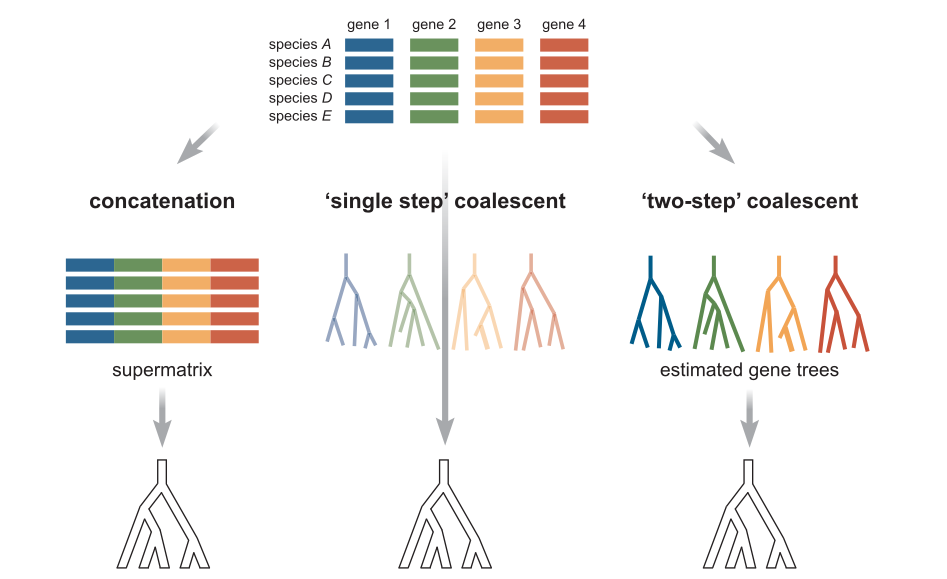

), such traits are unlikely to exhibit the levels of variation observed across species. Although intrinsic sources of extinction risk traditionally associated with cross-species comparisons of vulnerability also vary among populations within species (e.g. While much research has focused on understanding species-level intrinsic characteristics that confer vulnerability to extrinsic risks, comparatively little empirical work in nature has evaluated the relative importance of population-level sources of vulnerability. Species and populations of conservation concern often face extrinsic threats (harvesting, habitat loss/degradation, etc.) that may be compounded by intrinsic characteristics which increase their vulnerability (long generation time, low fecundity, body mass, etc.). Our results also reinforce the paramount importance of improving available habitat and slowing habitat degradation for species conservation. These results suggest that some vertebrate populations with low genomic diversity, low N e, and long-term isolation can represent important sources of variation and are capable of maintaining fitness in, and ultimately persisting and adapting to, changing environments. Genetic variables had no effect on either fitness correlate, which was determined primarily by habitat (pond temperature, depth, and pH) and initial body size. We evaluated the effect of genome-wide variation, effective population size ( N e), pond habitat, and initial body size on two fitness correlates (survival and growth). To achieve this, juvenile brook trout from 12 isolated populations or closed metapopulations that differ substantially in population size and genetic diversity were transplanted to previously fishless ponds spanning a wide gradient of ecologically important variables. Little empirical work in nature has quantified how wild populations with varying effective population sizes and genetic diversity perform when exposed to a gradient of ecologically important environmental conditions.


 0 kommentar(er)
0 kommentar(er)
